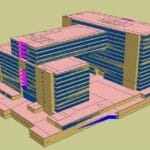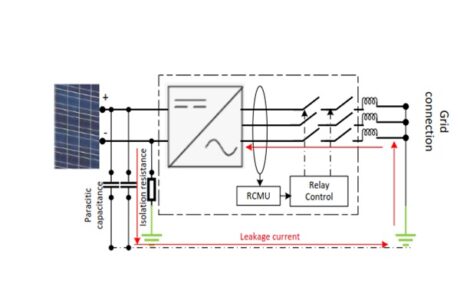- Course No E – 1101
- PDH Units 4.00
No data found for Custom Course Number
No data found for Custom Course Units
- Course No E – 1101
- PDH Units 4.00
Intended Audience: mechanical, electrical chemical and energy engineers, and architects
PDH UNITS: 4
Did you know that solar energy travels from the sun to the earth in the form of electromagnetic radiation?
In this online course curated by Dr. Bengtson, the properties of and basic calculations for electromagnetic radiation will be examined. Within this examination, several solar position parameters along with means of calculating the values for them will be described as well as the major methods by which solar radiation is converted into other usable forms of energy.
Extraterrestrial solar radiation (i.e. radiation striking the earth’s outer atmosphere) and the means of estimating its value at a given location and time will also be presented. Furthermore, this course will walk through how you can obtain values for the average monthly rate of solar radiation striking the surface of a typical solar collector, at a specified location in the U.S. for a given month and known latitude and longitude locations worldwide. Numerous real-life examples are included to better illustrate the calculations and data retrieval methods presented throughout the course.
After completing this course, you'll be familiar with the fundamentals of solar electromagnetic radiation, how to obtain and calculate solar parameters, and how to determine and use the values of those parameters in calculations. You'll also be prepared to take more specialized solar energy courses.
Learning Objectives
At the conclusion of this course, you’ll be able to:
- Understand the different types of electromagnetic radiation and which of them are included in solar radiation.
- Calculate wavelength if given frequency and frequency if given wavelength for specified electromagnetic radiation.
- Articulate the meaning of absorbance, reflectance and transmittance as applied to a surface receiving electromagnetic radiation and be able to make calculations with those parameters.
- Obtain or calculate values for solar declination, solar hour angle, solar altitude angle, sunrise angle, and sunset angle and use them in calculations.
- Identify the major methods by which solar radiation is converted into other usable forms of energy.
- Pinpoint an estimated value for monthly averaged extraterrestrial radiation on a horizontal surface for a specified month and latitude between 20 and 65 degrees.
- Compute values for the average monthly rate of solar radiation striking the surface of a solar collector with one of several standard tilt angles at a specified location in the U.S. for a given month.
- Retrieve solar radiation and meteorology data from any location in the world using the NASA/Langley website discussed in the course.
Once completed, your order and certificate of completion will be available in your profile when you’re logged in to the site.
Ethics Courses
Course No E - 1101
PDH Units 4.00









